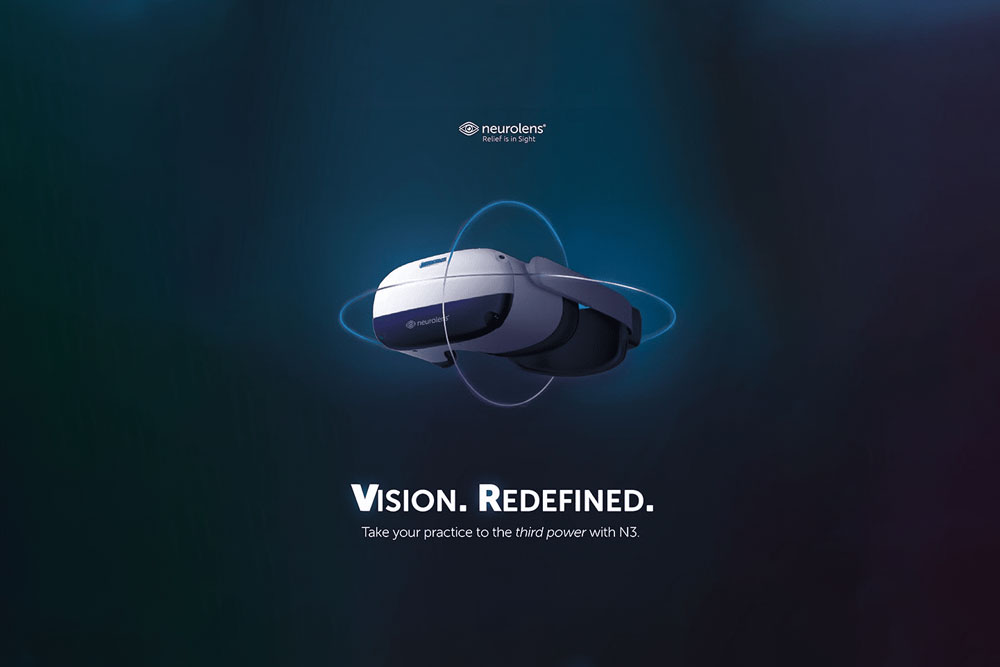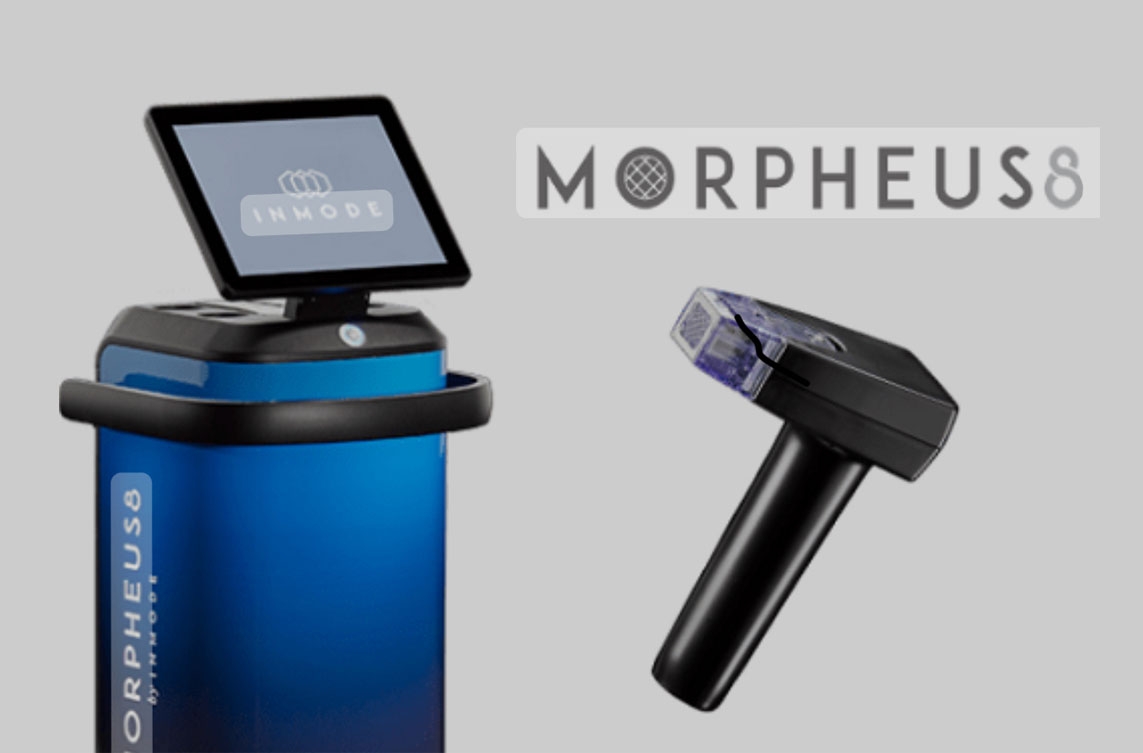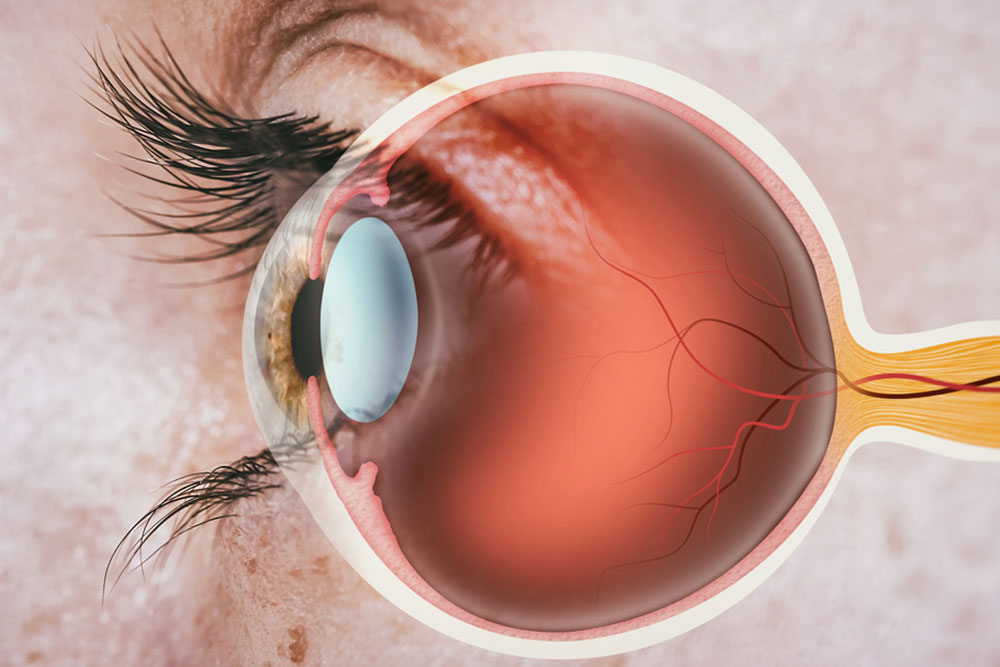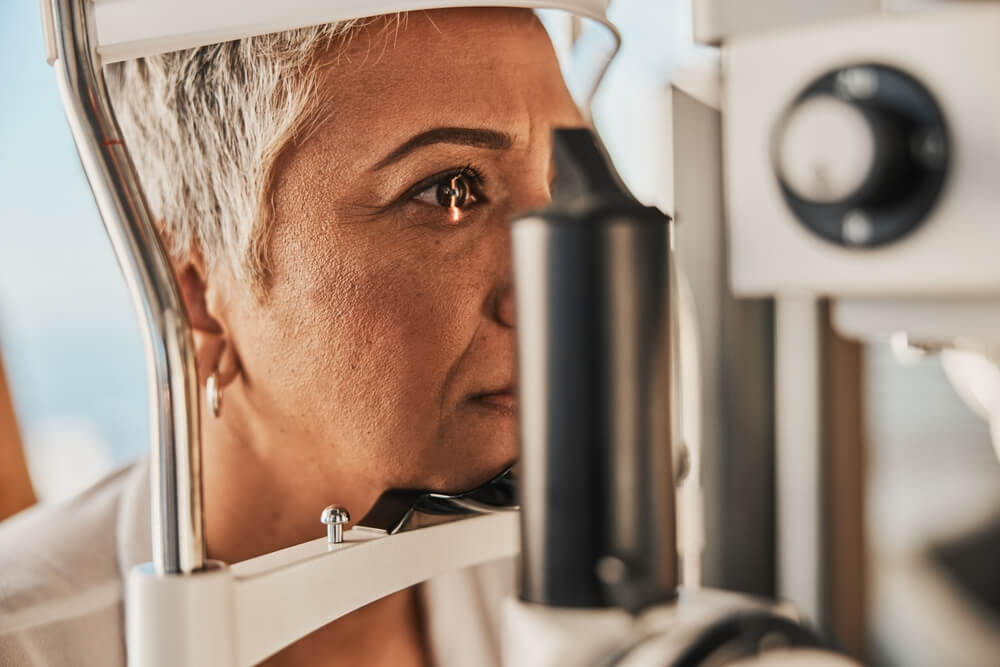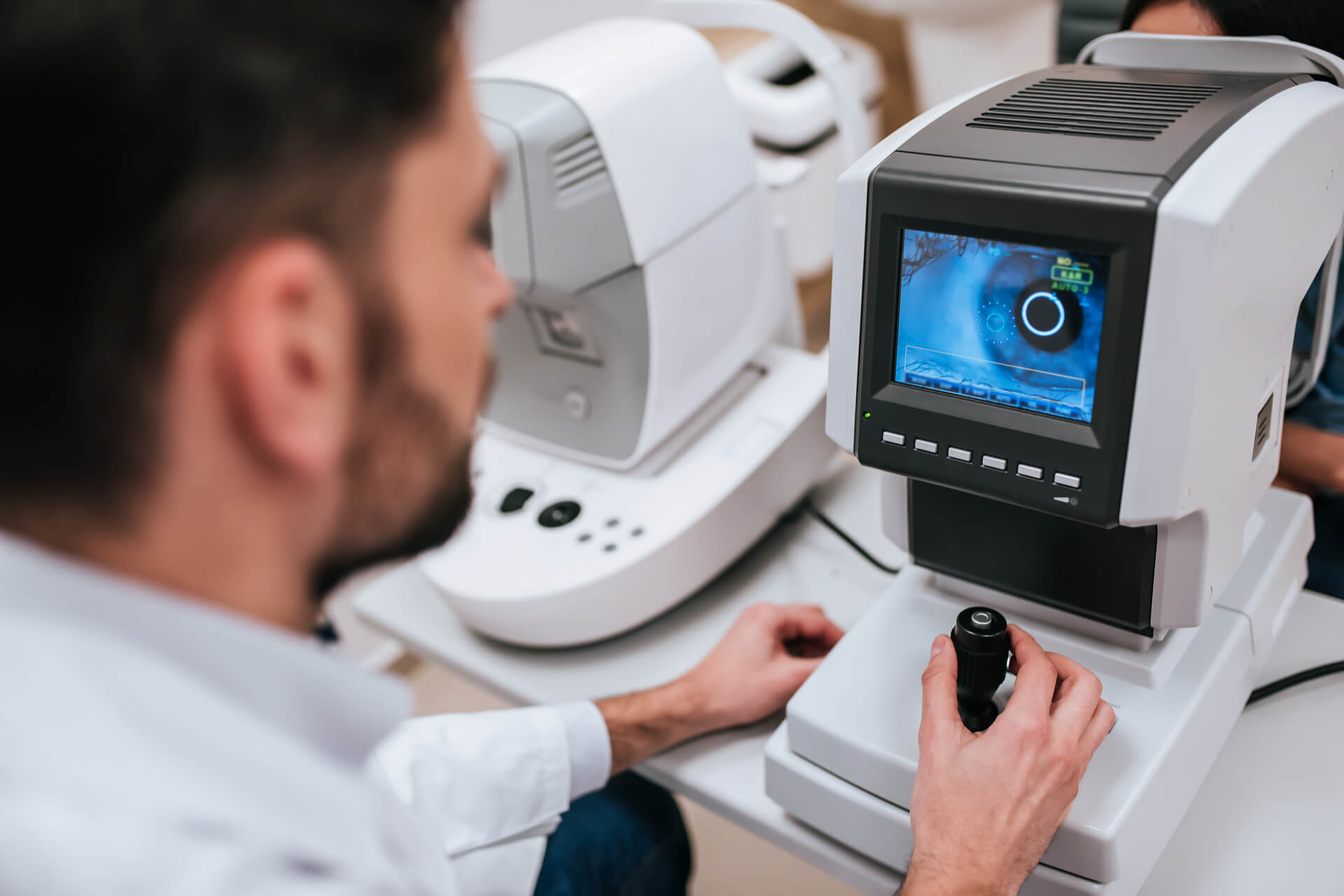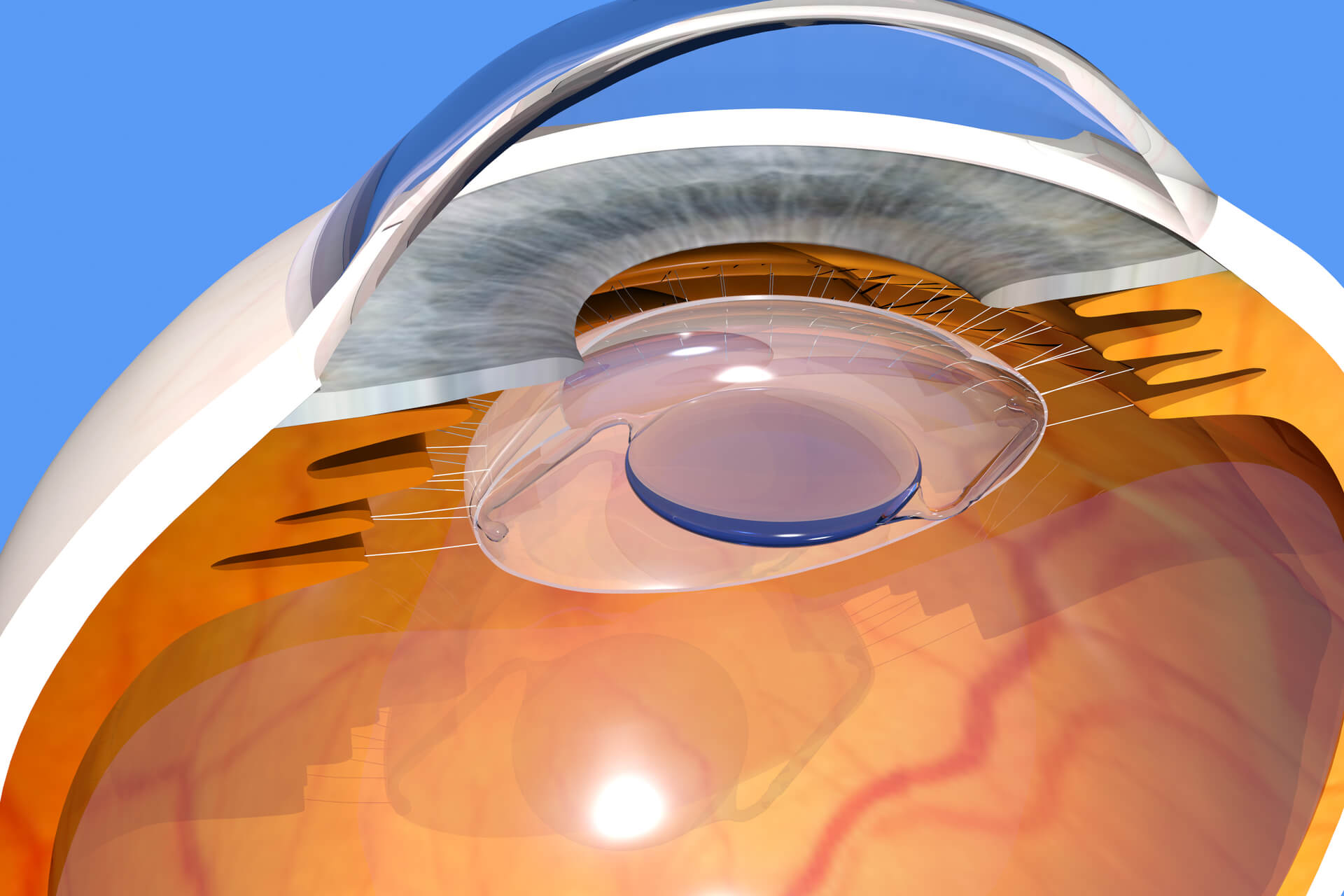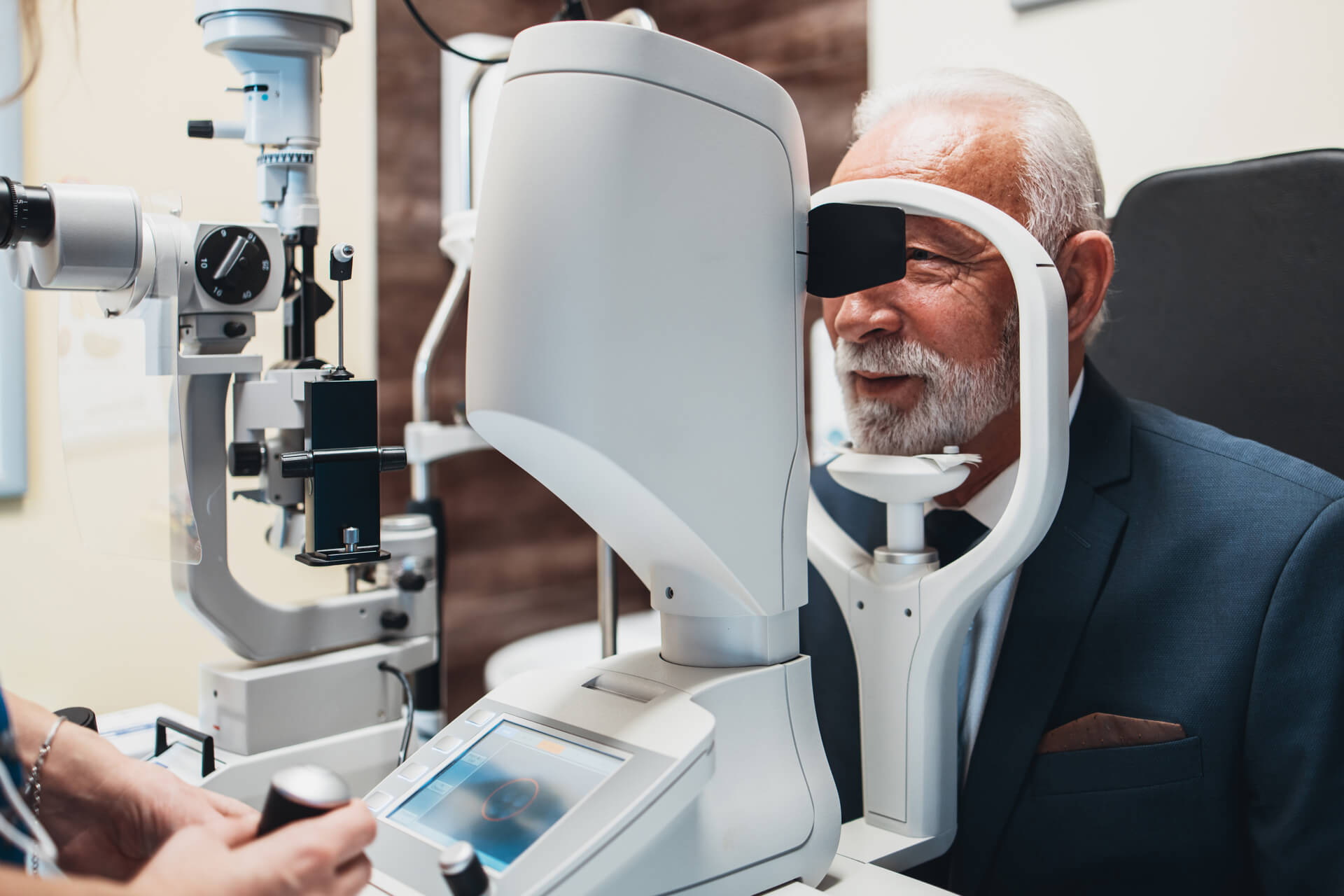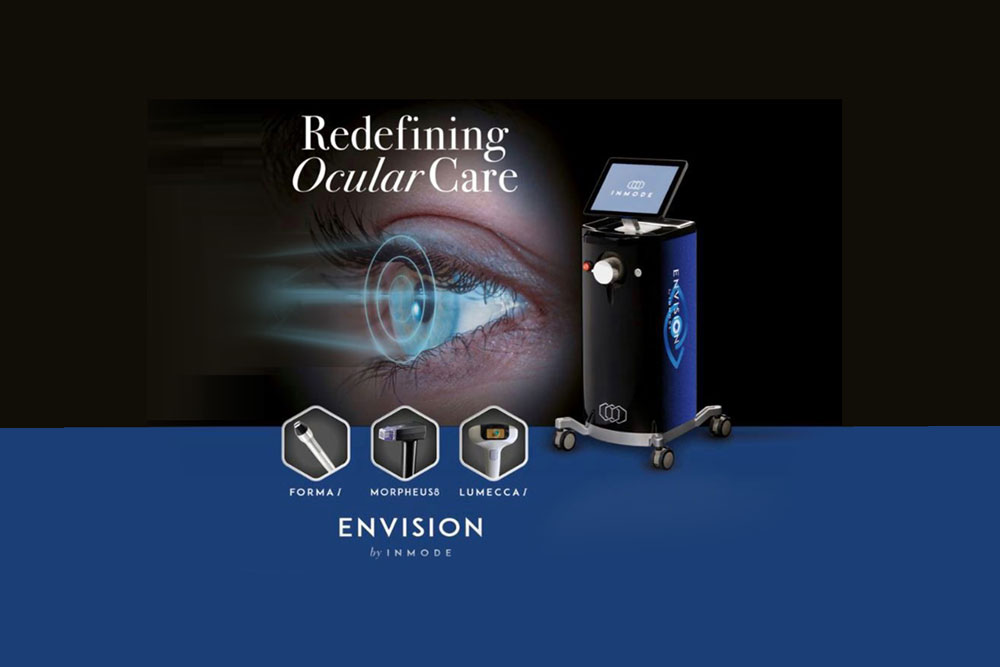What is Neurolens and How Does it Work?
What is Neurolens?
Neurolens offers the first prescription lenses that use a contoured prism to realign the eyes and relieve pressure on the trigeminal nerve. This helps to minimize symptoms of digital eye strain and alleviate issues with reading or doing up-close work.
With the boom of technology, people are spending more and more time staring at screens every day. About 65 percent of Americans complain of symptoms of digital eye strain, including headaches, neck and shoulder pain, and overall eye strain.
Neurolens glasses can correct the misalignment of the eyes to ease headaches, eye strain, and neck and shoulder tension. If you suffer from digital eye strain or issues with close work that give you chronic headaches, neurolenses could help.
The vast majority of people who use neurolenses report relieved symptoms, but the lenses are costly and not generally covered by insurance.
Specifics of Neurolens
As the only prescription lens designed with a special contoured prism to help realign the eyes at various distances, neurolens glasses correct issues related to pressure on the trigeminal nerve.
There is a direct correlation between the trigeminal nerve (the most complex and biggest nerve connected to the brain, which is responsible for neck and head sensations) and the eyes. If your eyes are misaligned, this can put pressure on this nerve and cause headaches, tension, and eye strain.
Neurolens uses a specialized measurement diagnostic to detect this possible misalignment and the degree of the problem. The neurolens measurement device can measure where the gap between your eyes should be and where it actually is, and help determine how synchronized and aligned your eyes are. This exam takes under three minutes and determines the specifics of your contoured prism prescription.
Prisms have been added to prescription lenses for years, but the neurolens technology is the first to use a contoured prism that accounts for misalignment at different distances, both near and far.
Benefits of Neurolens
Adults in the United States spend over nine hours every day on digital devices. This, as well as up-close detail work and reading, can lead to visual trigeminal dysphoria.
Trigeminal dysphoria is a condition that can occur when visual stimuli puts pressure on the trigeminal nerve. This can lead to symptoms like these:
- Headache
- Eye strain
- Neck and/or shoulder tension or pain
- Eye irritation or dry eyes
In a survey of people using neurolenses, more than 90 percent reported that the specialized lenses relieved these symptoms. Neurolens offers a money-back guarantee if you are not satisfied.
Candidates for Neurolens
Anyone who spends a lot of time on a computer, doing detailed work, or reading and experiences symptoms of eye strain, chronic headaches that do not respond to other treatments, and neck and shoulder pain can benefit from neurolens glasses.
This breakthrough technology can be added to any prescription. It can even be made into non-prescription frames for people who do not have refractive errors.
Pros & Cons
The biggest benefits of the neurolens technology is relief of digital eye strain symptoms, or trigeminal dysphoria, and the way the contoured prism can help to align your eyes for both near and far vision. This is a significant advancement in prescription eyewear and can be added to your regular prescription.
There are no reported long-term side effects or complications related to neurolens. The main pitfall is the cost. Neurolenses glasses can be expensive and cost close to $1,000 out of pocket.
These lenes are not covered by insurance either. They do come with a satisfaction guarantee and can greatly enhance your quality of life.

